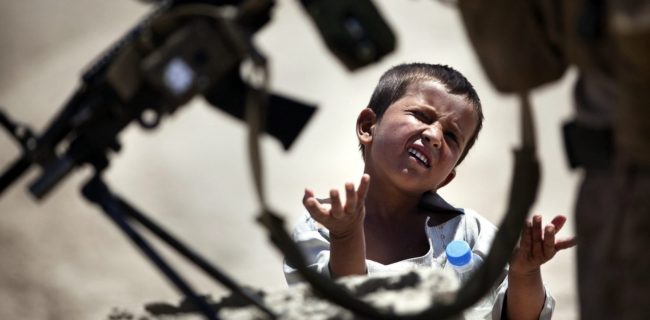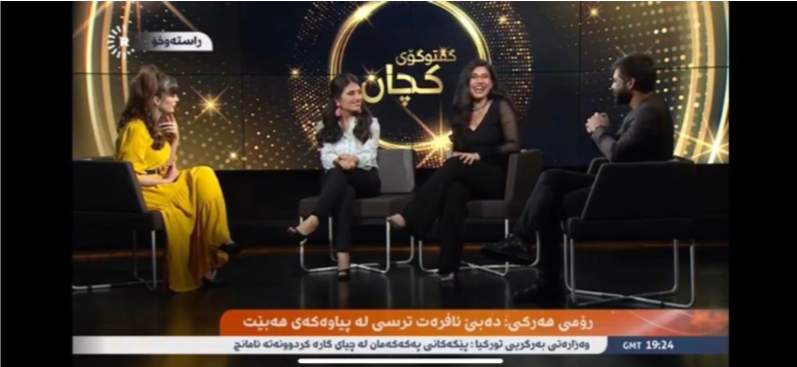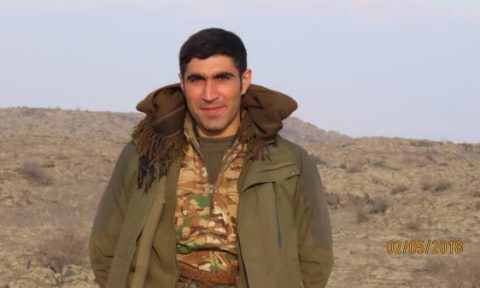Protection of children in armed conflicts and approaches of international law.
The inauspicious phenomenon of war threatens all children’s rights, including the right to life, the right to live with the family, the right to health, the right to progress and education. Armed conflicts are used against children. The present article will examine and analyze international approaches to protecting children of armed conflicts with new reports and in a comparative study during a conversation. International law provides general and special protection to children, and the best interest of children and adults should be sought in reducing small and large arms.
After the second half of the 20th century, efforts have been made to bring peace and security to the world after two devastating wars. However, mankind has entered the third millennium with war. Although there is no international war now, in the years 1990 to 2000, there have been 65 internal and non-international conflicts. Even now, there are internal armed conflicts in nearly 30 regions of the world, the direct and indirect effects of which are undeniable on the economy, security, health and hygiene of people, especially children. Wars naturally cause a lot of material, human, moral and cultural losses, and in the case of children, all their rights are targeted. including: the right, the right to be with family and community, the right to health, the right to progress and education, the right to remain neutral and be protected. Civilian casualties in past wars have been less than in current wars. They have estimated the civilian casualties in the First World War between 5 and 8 percent and in the Second World War up to 50 percent. But this figure has now reached 90%. As the engineering of new weapons has increased the level of security of users, it has also increased the casualties, losses and long-term damage caused to civilians. In today’s wars, it has become more complicated and difficult to observe the principle of separation between soldiers and civilians than in past wars. This situation is one of the serious challenges facing humanitarian rights and the International Red Cross. From scorched earth tactics to rape, poisoning of water wells, destruction of gardens and farms, ethnic cleansing and mass killing, attacks on schools and teachers, preventing aid from reaching the injured and the needy, can be seen in new armed conflicts and in a way Unprecedented numbers of women and children are the target of brutality and violence in battles.
The rights of children in armed conflicts
Several documents in international law protect the rights of children in armed conflicts. These documents can be placed in the two fields of international humanitarian law and international human rights. Before the adoption of the Convention on the Rights of the Child in 1989, humanitarian law had protected children in conflicts.
First paragraph: international humanitarian law
The four Geneva Conventions of 1949 and the two supplementary protocols of 1977 have provided protection to children in many cases, which can generally be considered in two categories: direct and indirect protection of children. Before approving the protocols, the United Nations General Assembly in 1974 approved the Declaration on the Protection of Women and Children in Emergencies and Armed Conflicts. Although compliance with this resolution is not binding in conflicts, it is a positive step in paying attention to women and children as victims of inhumane treatment and increasing attention to vulnerable people in internal conflicts.
Second paragraph: International human rights
Convention on the Rights of the Child 1989 and Protocol II 2000: According to the four paragraphs of Article 38 of the Convention on the Rights of the Child, states must respect the rules of humanitarian law regarding children, take all possible measures to prevent the direct participation of children under the age of 15 in hostilities, at the age of 15 to 18 consider priorities for older age and take all possible measures in the care of children affected by armed conflicts. Also, Article 39 requires governments to speed up the rapid rehabilitation of child victims, including victims of armed conflicts.










